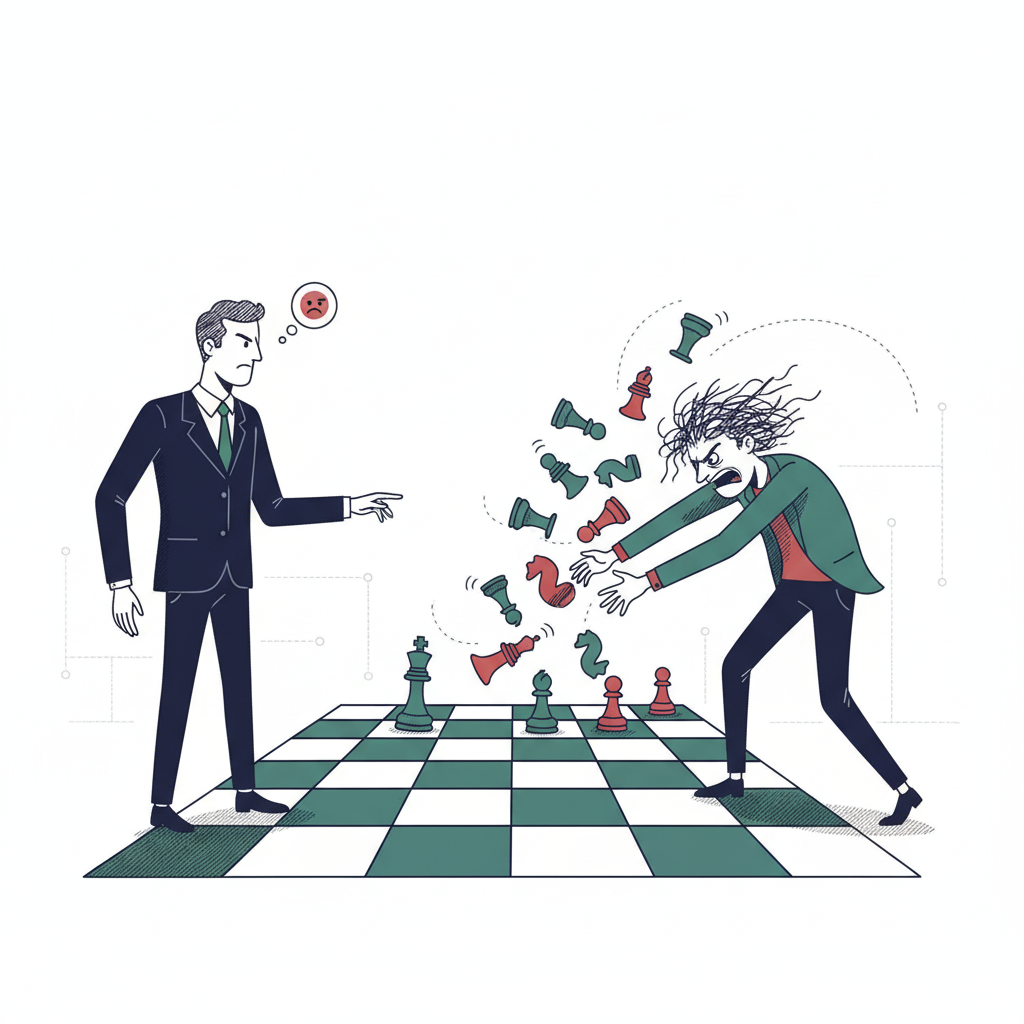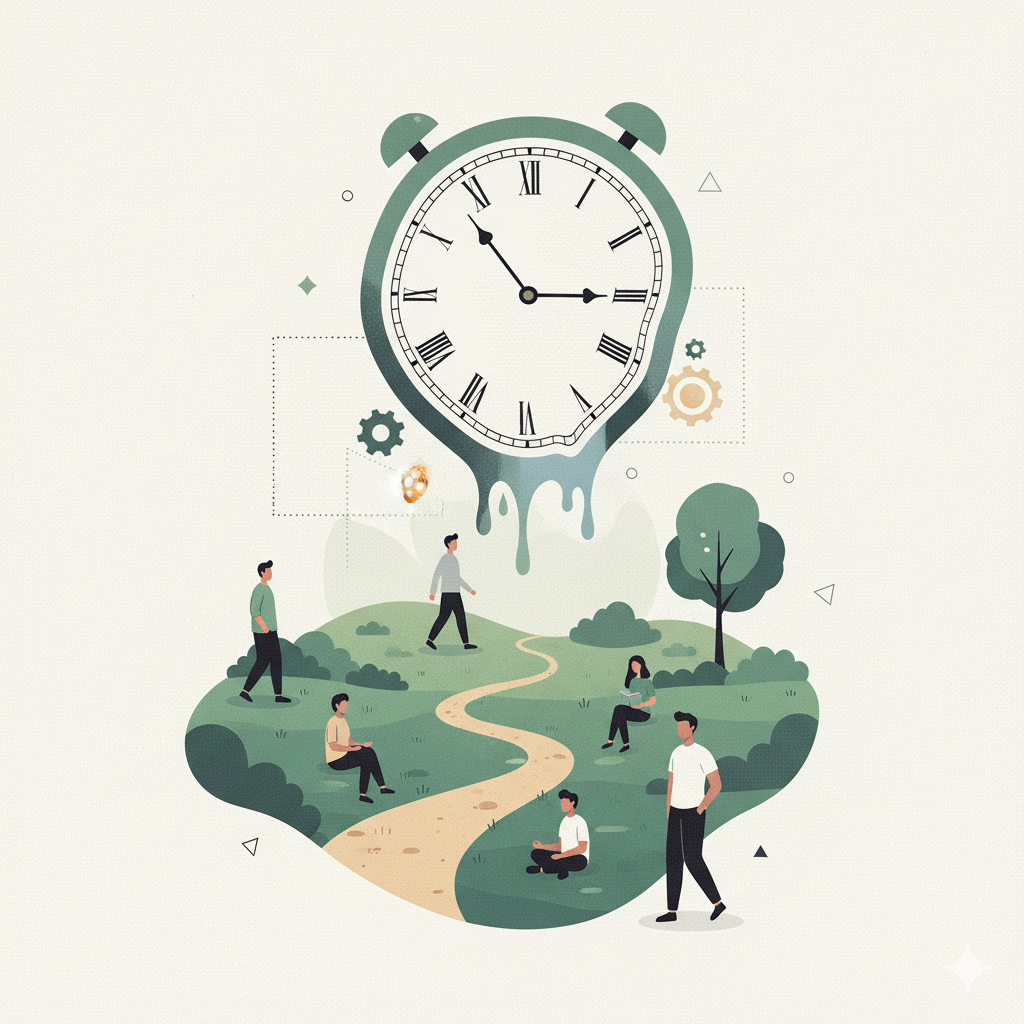🧠 The Psychology of Anger, Hatred and Childishness
Welcome to our latest newsletter.
This month, we look at:
When overloading your customers’ attention makes them childish
How Anger vs Hatred drive different needs, and how to treat them differently
Why ticking clocks DON'T make us act faster
Do you want to nudge your way to better results?
📈 Grow your business?
💰 Sell more?
💎 Increase customer value?
Email us to see how behavioural science can help you.
Every so often we use our Monkey Business newsletter to share useful nuggets, opinions, and findings as food for thought. Sign up here.
How Anger Tries to Mend and Hatred Tries to End
New research by Landers, Sell, Scrivner and Lopez tests an evolutionary model of anger and hatred across UK and US participants.
The results are striking: anger and hatred are not degrees of the same emotion but separate systems shaped by different adaptive problems.
Anger evolved to recalibrate unfair treatment by bargaining - it is a negotiation tool that demands respect or repair.
Hatred, by contrast, evolved to neutralise threats - it seeks distance, depowering or destruction.
The distinction matters because confusing the two can derail conflict resolution, leadership decisions and even brand trust.
Understanding when people want to bargain and when they want to eliminate a problem can transform how organisations communicate, compete and calm things down.
Practical Business Takeouts:
Not all hostility is repairable - when a customer, employee or rival shifts from anger to hatred, they are no longer looking for fairness but for removal. Escalation prevention depends on spotting that shift early.
Anger can signal value - people only get angry at those they still consider worth bargaining with. Indifference, not anger, is the real red flag for disengagement.
Apologies work only when recalibration is possible - if trust is gone, saying sorry may inflame rather than soothe because it signals weakness, not respect.
Anger invites dialogue, hatred prefers silence - angry customers write long emails; hateful ones quietly unsubscribe or sabotage. The absence of feedback can signal deeper hostility.
Conflict management can be customised - your systems, tone and power dynamics either trigger recalibration (anger) or neutralisation (hatred). Design them accordingly.
Why a Constant Clock Tick Can Cost Your Business
An NPR feature on our obsession with time argues that the modern economy runs on “clock-time” rather than “event-time”- measuring value by speed, not meaning.
Interviews with psychologists and anthropologists reveal that when people perceive time as scarce, they make faster but narrower decisions, lose creativity and empathy, and default to habits over insight.
So whilst urgency can get attention it can cost reflection. When every message says “act now”, customers learn to protect their time by ignoring you. The best brands know when to slow down the tempo, create breathing room and make action feel considered, not coerced.
Practical Business Takeouts:
Urgency can backfire - constant time pressure can signal manipulation, not momentum.
Give customers “time autonomy” - letting them choose when to decide can increase trust and conversion.
Pacing can build persuasion - spacing communications can allow reflection and makes final action feel deliberate, not reactive.
Scarcity framing can breed scepticism - phrases like “limited time offer” might trigger avoidance more than desire in high-information audiences.
Tempo sets tone - rushed copy, countdown timers and rapid visual motion may just prime stress, not curiosity.
How Distraction Turns Adults into Children
New research shows that when adults are distracted during demanding tasks, they start behaving like children: exploring randomly, switching goals and struggling to follow through.
The study reveals that when working memory is overloaded, the brain reverts to early learning strategies designed for low knowledge and high curiosity. It’s a salutary design warning.
Every extra choice, pop-up or prompt adds cognitive clutter, could push your customers into child-mode, where exploration replaces commitment.
Practical Business Takeouts:
Distraction could trigger regression - when attention is split, adults revert to child-like exploration rather than goal-driven behaviour.
Complexity may lower competence - cluttered pages, competing CTAs or noisy messaging make customers act less decisively, not more thoughtfully.
Familiarity might calm cognition - recognisable layouts, predictable flows and standard patterns reduce working-memory strain and anchor decision-making.
Curiosity without containment may cause churn - exploratory clicks may feel like engagement but could reflect cognitive overload, not genuine interest.
Measure “switching” as a stress metric - erratic navigation or repeated reversals may mean your interface or process is overloading users.
😓 Tough business challenge? See if we can help. We probably can.
James, Patrick and Dan
We practically apply the science of the human mind for hard, commercial results
Please feel free to share.
➡️ Sign up for your own MONKEY BUSINESS by clicking here




